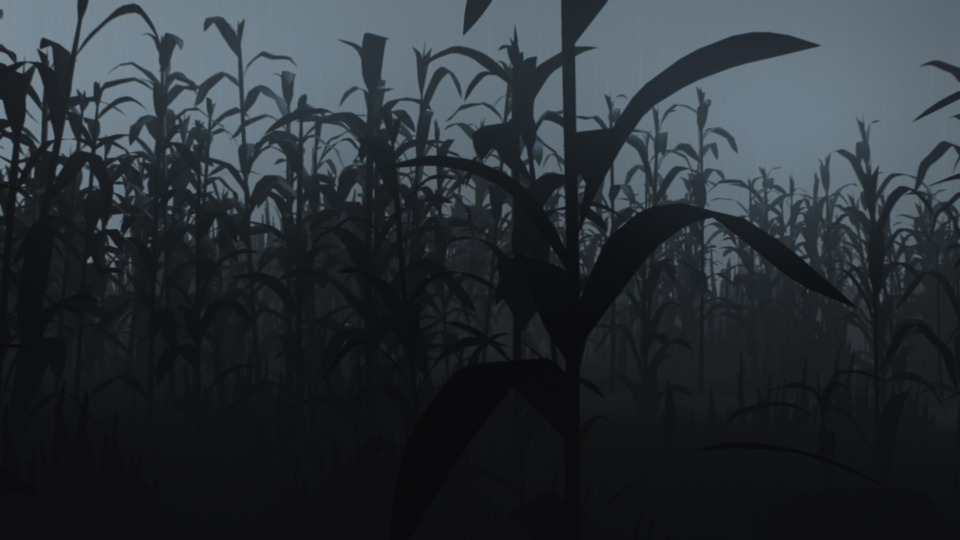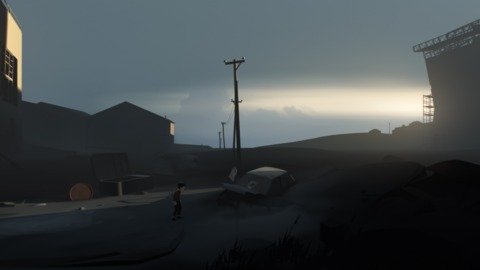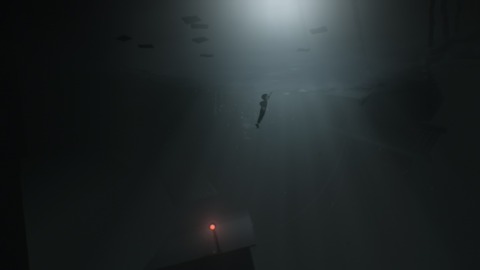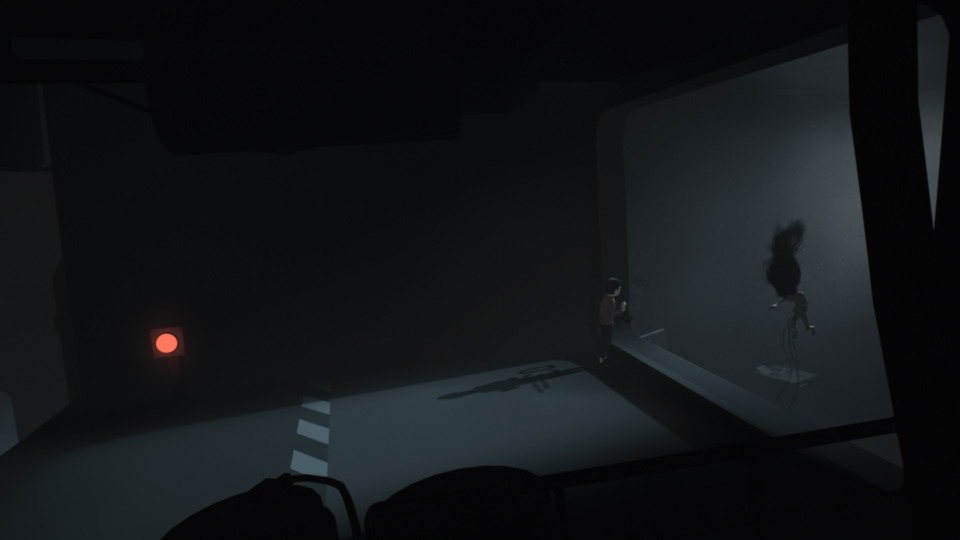A Simple Pile of Organs: Thoughts on Inside
By Darth_Navster 0 Comments
Note: Minor spoilers for Inside.

If there’s one word that can describe the output of Danish developer Playdead, it is “unnerving”. With their 2010 game, Limbo, the studio established a distinct style that emphasized a squishy sort brutality. This was most apparent in the gruesome death scenes of the game’s player character, but it was also reflected in the harsh and hostile world that surrounded him. Everything felt rundown, and much of the game involved exploiting the environment’s state of disrepair in order to make progress. The result was a game that never let me feel safe and made for a stressful yet engaging experience. Now, six years later, Playdead has come out with a follow-up to their debut by releasing Inside, a game that doubles down on Limbo’s unnerving qualities, for better and for worse.

One can easily list the similarities between Limbo and Inside. Both games involve a young boy protagonist as he navigates through a 2D environment of unspeakable horror. Both games feature visceral and gory violence done by and to the protagonist. Both games extensively utilize physics based puzzles that feel organic to the environment. And both games’ narratives amount to the player figuring out what it all means through environmental cues. Although it is apparent from the outset that Inside is very much a successor to Limbo, the game does differentiate itself by presenting a distinct setting that seeks to disturb the player in new ways.
Inside begins with the game’s unnamed protagonist (who I’ll refer to as “the boy”) on the run from sinister looking men. These men, equipped with vehicles, guns, and search dogs, are relentless in their pursuit of the boy and will not hesitate to shoot on site. As such, the beginning part of the game is a trial-by-fire tutorial where most players will die at least once or twice as they learn the game’s mechanics, namely jumping and grasping objects. Soon enough, the boy has eluded his would-be captors and comes across an abandoned farm. It’s here that the differences from Limbo starts to become apparent. Inside’s initial agricultural inspired art design gives it a more earthy feeling than Limbo’s industrial motif, though that earthiness does not inspire much comfort. The farm is littered with dead pigs, and, as the boy proceeds, dead humans. There’s a rot to Inside’s world that is only bearable due to the player’s detached perspective, and I’m thankful that the camera didn't zoom in any closer.
Eventually, the boy will stumble upon a helmet suspended by a cable. Attaching to the helmet causes nearby human corpses to rise and follow the boy’s commands. It’s here that Inside’s central conceit is revealed; of humanity in this world being a disposable and controllable product, no different than the pigs that were previously seen. It quickly becomes clear that the farm is just the start of a massive process to somehow enslave human bodies and turn them into some sort of product. To what end is unknown, but as the game progresses the extent of the operation becomes increasingly grotesque. The relative familiarity of the farm is quickly abandoned for poorly maintained processing facilities and laboratories, and the player’s sense of alienation from the game’s world only grows stronger.

Though Inside is a relatively short game to finish (~3 hours), I often questioned my resolve to complete it. The tableaus the game produces are truly stomach churning and I kept questioning why it needed to be presented. I respect Playdead’s minimalist approach and the evocative art style they use, but absent any context or commentary the game’s visuals often devolve into torture porn. The game feels less like it’s trying to make a point and more like it’s trying realize the art director’s sketchbook. While I do appreciate that the game is open to interpretation, like a Journey or a Flower, those games however do not utilize the provocative imagery of Inside. By presenting such dark subject matter while choosing not to make a point about it, the game comes across as exploitative.
Whatever my reservations regarding the tone of Inside, I do have to admit that Playdead can craft a platformer that feels good to control. Between the realistic feeling physics and the seemingly endless supply of character animations, the game strikes a good balance between weightiness and responsiveness. That said, the game’s physics based puzzles are only intermittently successful. At times, the “aha” moments where the boy’s momentum, gravity, and positioning line up to make a just-in-time jump feel incredibly satisfying. At other times, the puzzles devolved into a trial and error affair where I had the correct approach, failed in executing to due to a minor variation in the game’s physics, moved on to incorrect approaches for several minutes, and finally tried the correct approach again, this time getting the physics engine to cooperate. Admittedly, this was a similar problem I had with Limbo, and part of it is inherent to designing naturalistic looking physics puzzles. However, I can’t help but feeling that certain puzzles could have used another round or two of polishing to make them feel a bit more intuitive.
With Inside, Playdead has firmly established itself as one of the most unsettling developers working today. The game they’ve produced is deeply unnerving, reducing the human body to a simple pile of organs that can be manipulated, packaged, and sold. Despite this, or perhaps because of it, the developers have created a game that is tough to look away from. Ultimately, Inside is a memorable journey through an imaginatively sadistic world. Whether it’s a journey worth taking depends on your tolerance for body horror and narrative ambiguity. In either case, keeping away from underwater monsters remains good advice.
